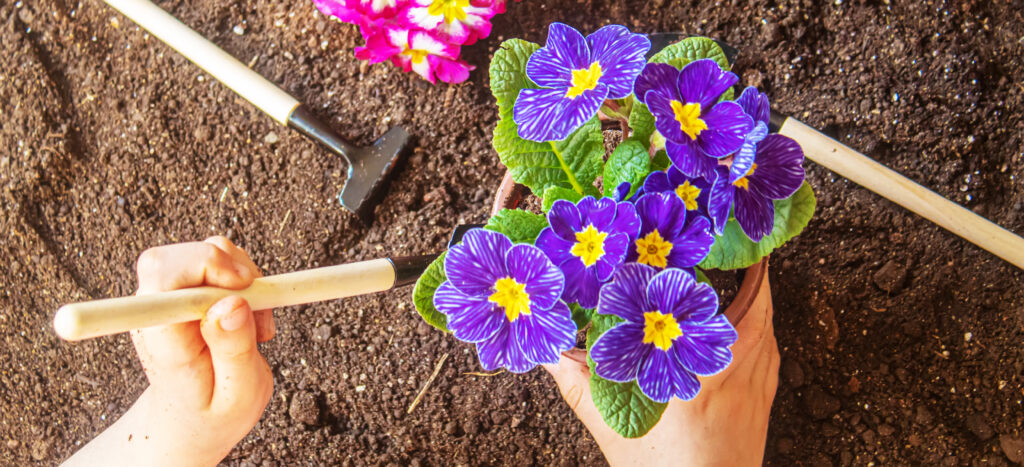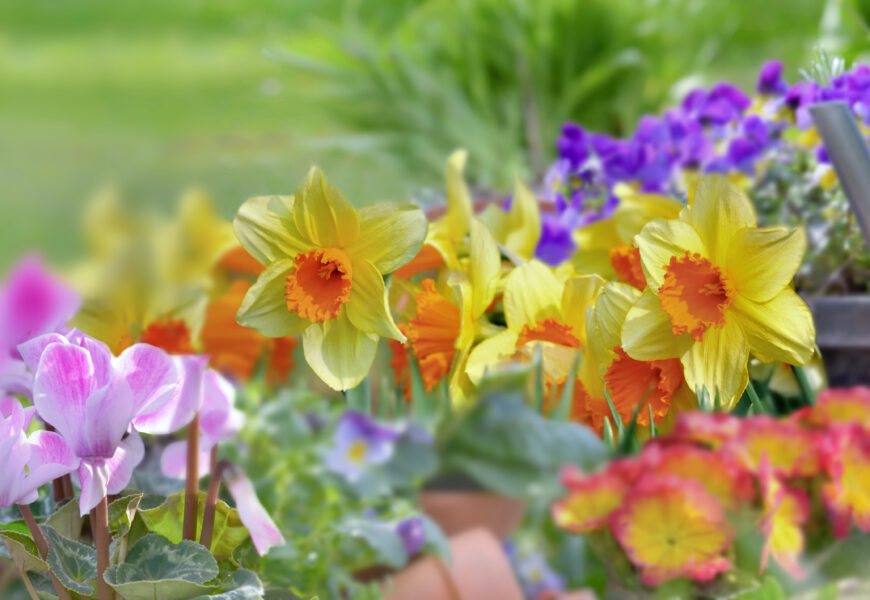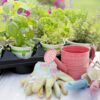Transform your outdoor space into a colorful oasis with this comprehensive guide to starting your first flower garden. Learn everything you need to know to create a thriving garden that brings joy throughout the growing season.
Getting Started with Flower Gardening
Starting a flower garden might seem overwhelming, but anyone can create a beautiful blooming space with guidance and essential knowledge. This guide will walk you through everything you need to know to begin your gardening journey confidently.
Understanding Your Garden Space
Before picking up your first trowel, take time to assess your garden location:
Sunlight Analysis
Different flowers have different light requirements:
- Full sun: 6+ hours of direct sunlight daily
- Partial sun: 4-6 hours of direct sunlight
- Shade: Less than 4 hours of direct sunlight
Soil Assessment
Healthy soil is crucial for a successful garden:
- Perform a basic soil test to determine pH levels
- Check soil drainage by digging a small hole
- Observe soil texture and composition

Essential Gardening Tools
Start with these essential tools:
- Hand trowel for planting and transplanting
- Garden fork for loosening soil
- Pruning shears for deadheading and trimming
- Watering can or garden hose with adjustable nozzle
- Garden gloves for protection
Choosing Your First Flowers
Start with these beginner-friendly options:
Annual Flowers
Quick-growing flowers that complete their lifecycle in one season:
- Marigolds for reliable color
- Zinnias for long-lasting blooms
- Cosmos for easy care and abundant flowers
Perennial Flowers
Plants that return year after year:
- Black-eyed Susans for summer-long blooms
- Daylilies for low-maintenance beauty
- Coneflowers for drought tolerance
Basic Garden Design
Keep these design principles in mind:
Plant Height Planning
- Tall plants in the back
- Medium-height plants in the middle
- Short plants and ground covers in front
Color Coordination
- Choose 2-3 primary colors for cohesive design
- Include white flowers to brighten and separate intense colors
- Consider bloom times for continuous color
Essential Care Tips
Watering Basics
Learn proper watering techniques:
- Water deeply but less frequently
- Water at the base of plants
- Water early in the morning
- Adjust watering based on rainfall
Mulching
Protect your garden with proper mulching:
- Apply 2-3 inches of organic mulch
- Keep mulch away from plant stems
- Refresh mulch as needed
Deadheading and Pruning
Maintain plant health and appearance:
- Remove spent blooms regularly
- Trim back overgrown plants
- Clean up dead foliage
Common Challenges for Beginners
Prepare for these typical gardening challenges:
Pest Management
- Start with pest-resistant varieties
- Monitor plants regularly for signs of damage
- Use natural pest control methods first
Weed Control
- Mulch to prevent weed growth
- Pull weeds when young
- Maintain proper plant spacing
Seasonal Garden Tasks
Spring
- Clean up winter debris
- Prepare soil for planting
- Plant cold-hardy flowers
Summer
- Regular watering and monitoring
- Deadheading spent blooms
- Fertilizing as needed
Fall
- Plant spring-blooming bulbs
- Clean up dying plants
- Prepare garden for winter
Winter
- Plan next year’s garden
- Order seeds and supplies
- Start indoor seedlings
Growing Success Tips
Record Keeping
Maintain a garden journal to track:
- Planting dates and locations
- Successful and challenging plants
- Weather patterns and their effects
Learning from Experience
- Start small and expand gradually
- Observe what works in your space
- Connect with local gardening groups
Starting a flower garden is a rewarding journey that combines creativity with nature. Remember that every gardener started as a beginner, and mistakes are valuable learning opportunities. With these basic guidelines and a willingness to learn, you’ll be well on your way to creating your own blooming paradise.
Ready to start your gardening journey? Begin by selecting your garden location and choosing a few easy-to-grow flowers. Remember, gardening is about enjoying the process as much as the results, so take time to appreciate each step of your learning experience.





